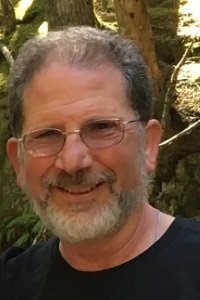Education
Ph.D., Princeton University, 1974
M.A., Princeton University, 1972
B.A., Cornell University, 1970
Professional Background
Rudnick is an observational astrophysicist studying clusters of galaxies and other large-scale structures in the Universe He uses a wide variety of ground and spaced-based telescopes in the radio, X-ray, infrared and optical portions of the spectrum. Citizen Science projects, and more recently, explorations of machine learning on large surveys contribute to this work. He is heavily involved in public outreach activities and is currently working on the design of the new Bell Museum of Natural History and Planetarium targeted to open in 2018. For 14 years (1983-96) he was a consultant and on-screen expert for public TV’s Newton’s Apple. Rudnick also is involved in the design of major new radio surveys in the U.S. and Australia, and conducts workshops on science communication and teaching in departments across the University.
Scientific & Professional Societies
American Astronomical Society (AAS)
International Astronomical Union (IAU)
Astronomical Society of the Pacific (ASP)

